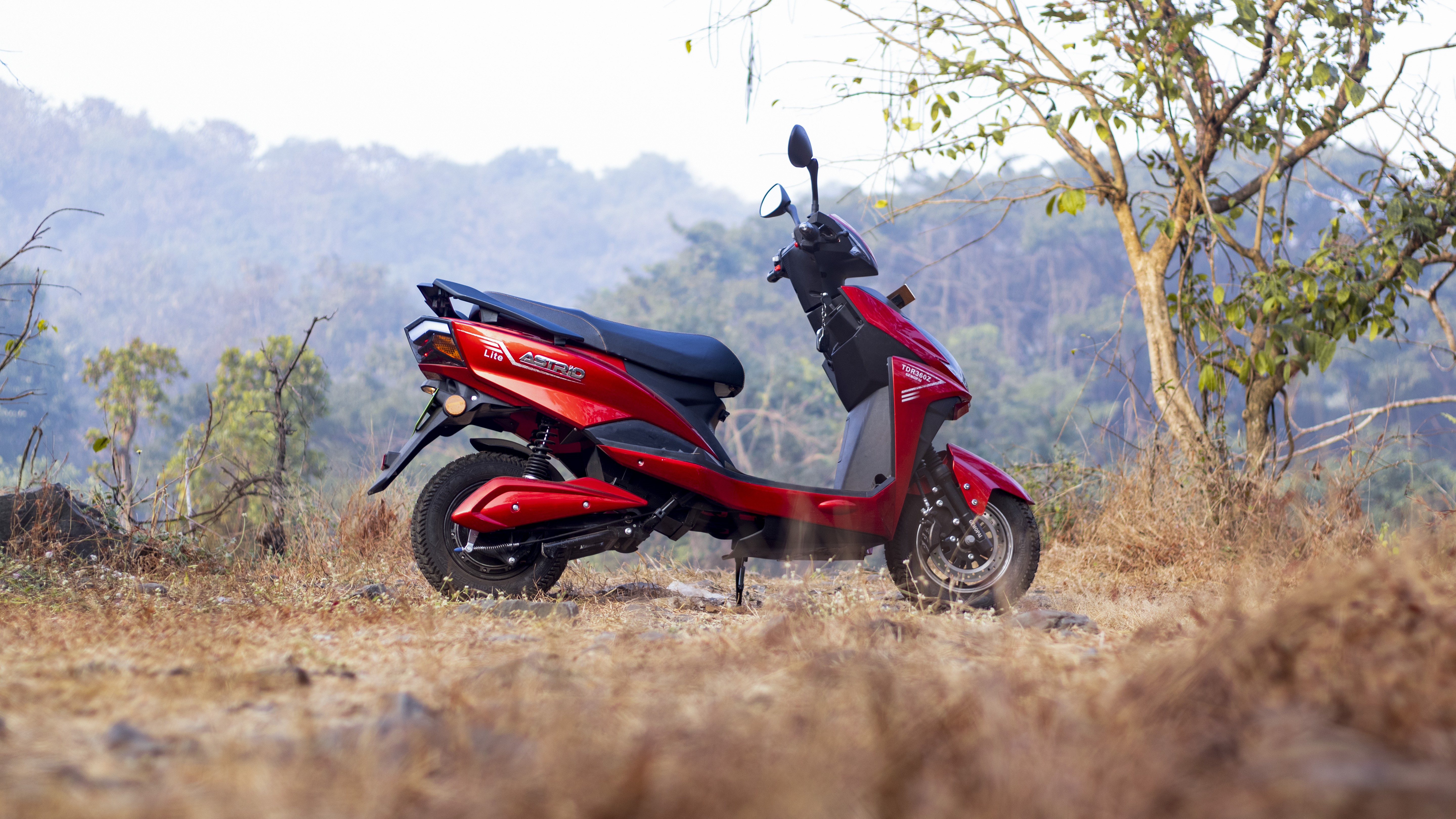TechRadar Verdict
If you are looking to buy an electric scooter in 2020 in India, the odds are that the demand is more than just a practical need. For such users, there are only a handful of options available. In comparison to the competition, the Gemopai Astrid Lite is one of the most economical options available that doesn’t seem underpowered even on highways. Yes, there are few design choices that don’t make sense, but nothing that is a deal-breaker. The removable battery is a big plus.
Pros
- +
Quick acceleration
- +
Efficiency
- +
Smooth and quiet ride
- +
Ample boot space
- +
Long term cost savings
- +
Removable battery
Cons
- -
Built quality
- -
Stability
- -
Soft rear brakes
- -
Design missteps
- -
No smart software
Why you can trust TechRadar
Electric vehicles are in a weird spot in India currently. On the one hand, we have multiple auto manufacturers showcasing and announcing their next generation of EVs. At the same time, on the other, due to a lack of support from the government and slow infrastructure development, these vehicles take time to reach the market. This ambiguity has been slowing down the adoption rates in what is supposed to be one of the biggest EV markets in the future.
But then, there are a few companies who decide to take the plunge and face the potential risk of not being able to appeal to enough consumers. These include Ather, Okinawa, Revolt, and even Hyundai. Gemopai Electric was another quiet electric two-wheeler manufacturer that is now entering the mainstream market with its Astrid Lite.
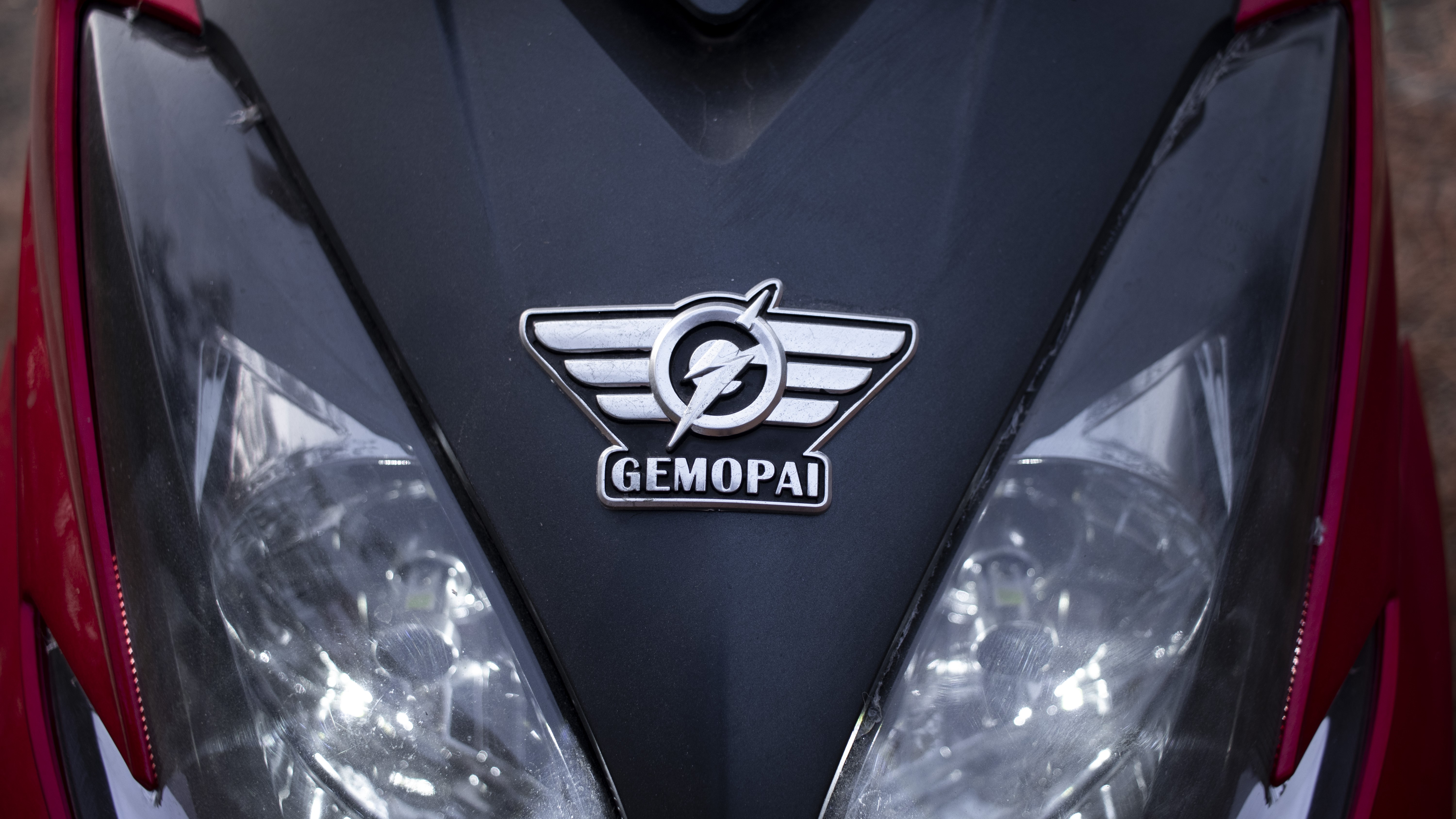
The Gemopai Astrid Lite was announced in September with the promise of bringing close to 100km of range to electric scooters. It’s also the company’s first mainstream scooter, with the previous Ryder aimed at the budget segment and required no registration or license to operate.
The Astrid Lite calls for apparent comparisons with the Ather S450, which is the poster boy of the Indian EV revolution. But the more we used it, the more evident it became how different the approaches with the two scooters were, also explaining the significant price difference between the two.
Going into this review, we also assume that anyone looking to get an electric scooter in India in 2020 is going in understanding the costs and risks associated with being an early adopter of a new generation of products, which are more tech than automobiles. For those looking for the most practical vehicles to get currently, ICEs are likely to be better suited. But after having spent a few weeks with the Gemopai Astrid Lite, it was clear to us that electric scooters are not that far behind.
Price, availability and service network
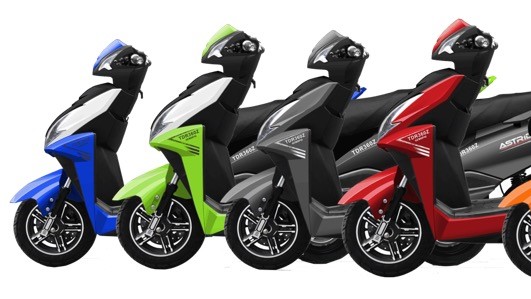
The Gemopai Astrid Lite is priced at Rs 79,999 and is available in five colors— Eclectic Neon, Deep Indigo, Fiery Red, Burnt Charcoal, and Fireball Orange. It is available across 50+ dealerships across the country.
Electric vehicles have significantly lower service and maintenance charges, which should be factored while considering the long term cost of the vehicle. We had one small issue with our motor making unnatural scratching sounds, which the executive came and fixed in an hour of reporting. The issue never returned.
Built and Hardware
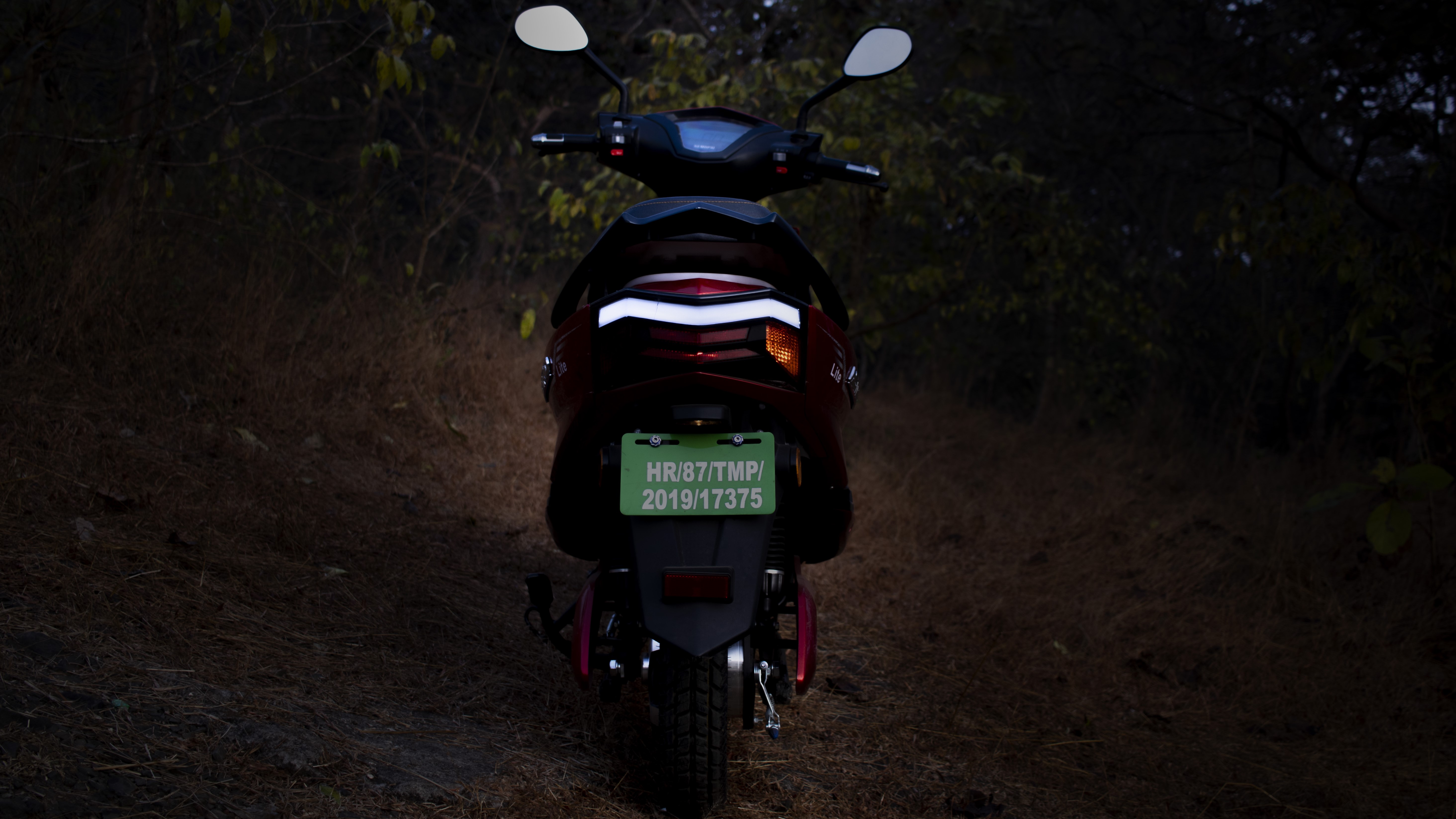
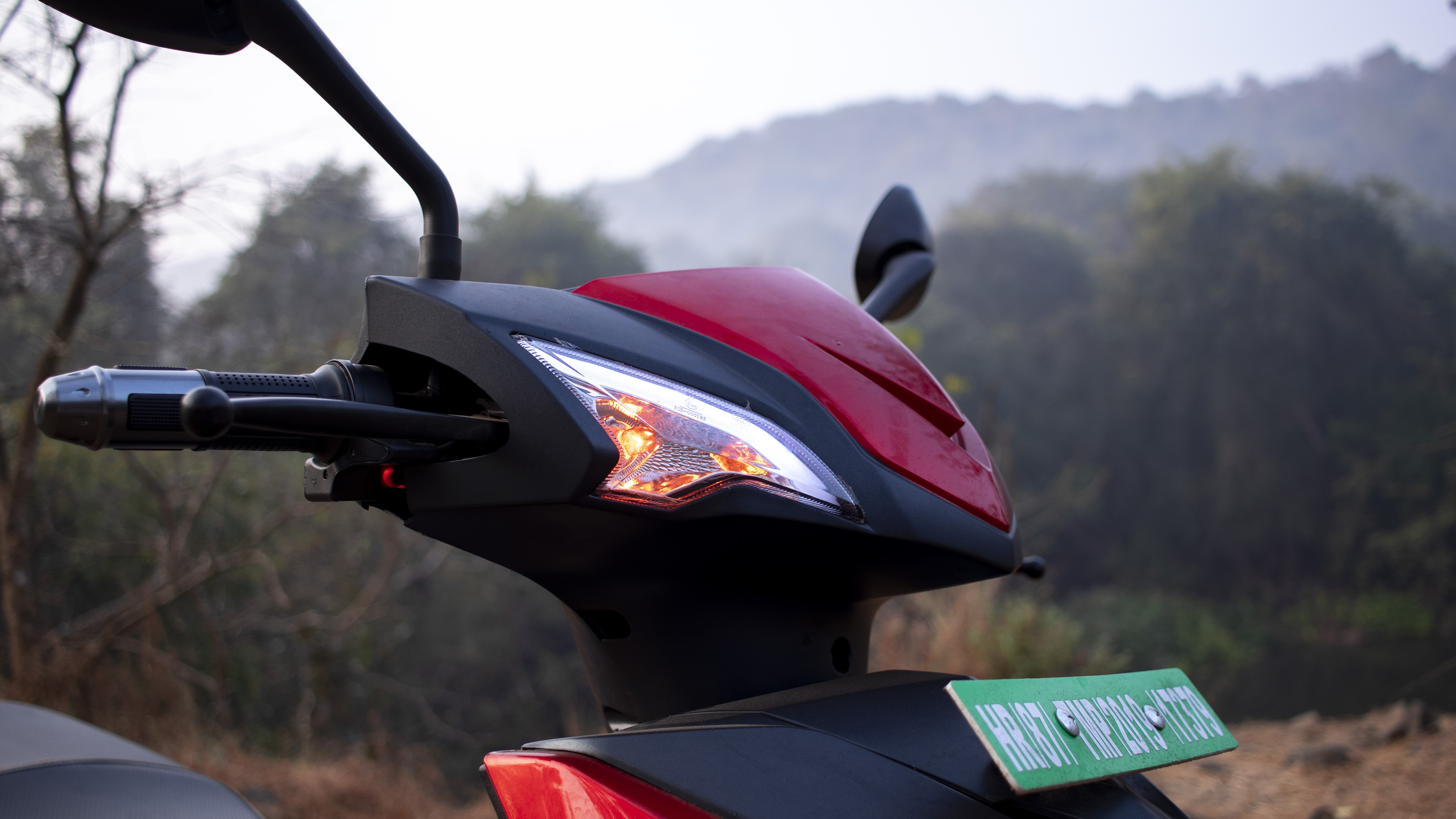
We are accustomed to expecting EVs to look futuristic and fancy in the right way. While the competition such as the Ather S450 may not seem out of place in a Star Wars movie, the Astrid Lite looks much more simple and ‘like a regular scooter.’ That’s not necessarily a bad thing, especially if you don’t want to attract additional attention.
Our model had a red and black finish, with a lot of angular parts and accents that make it look trendy. Even the headlights and indicators are modified triangles in a way that is uncommon on scooters in India. The tail-light is a long white strip that is reminiscent of the Tesla Cybertruck and looks pretty cool. Keep in mind that they aren’t the most powerful and could be risky.
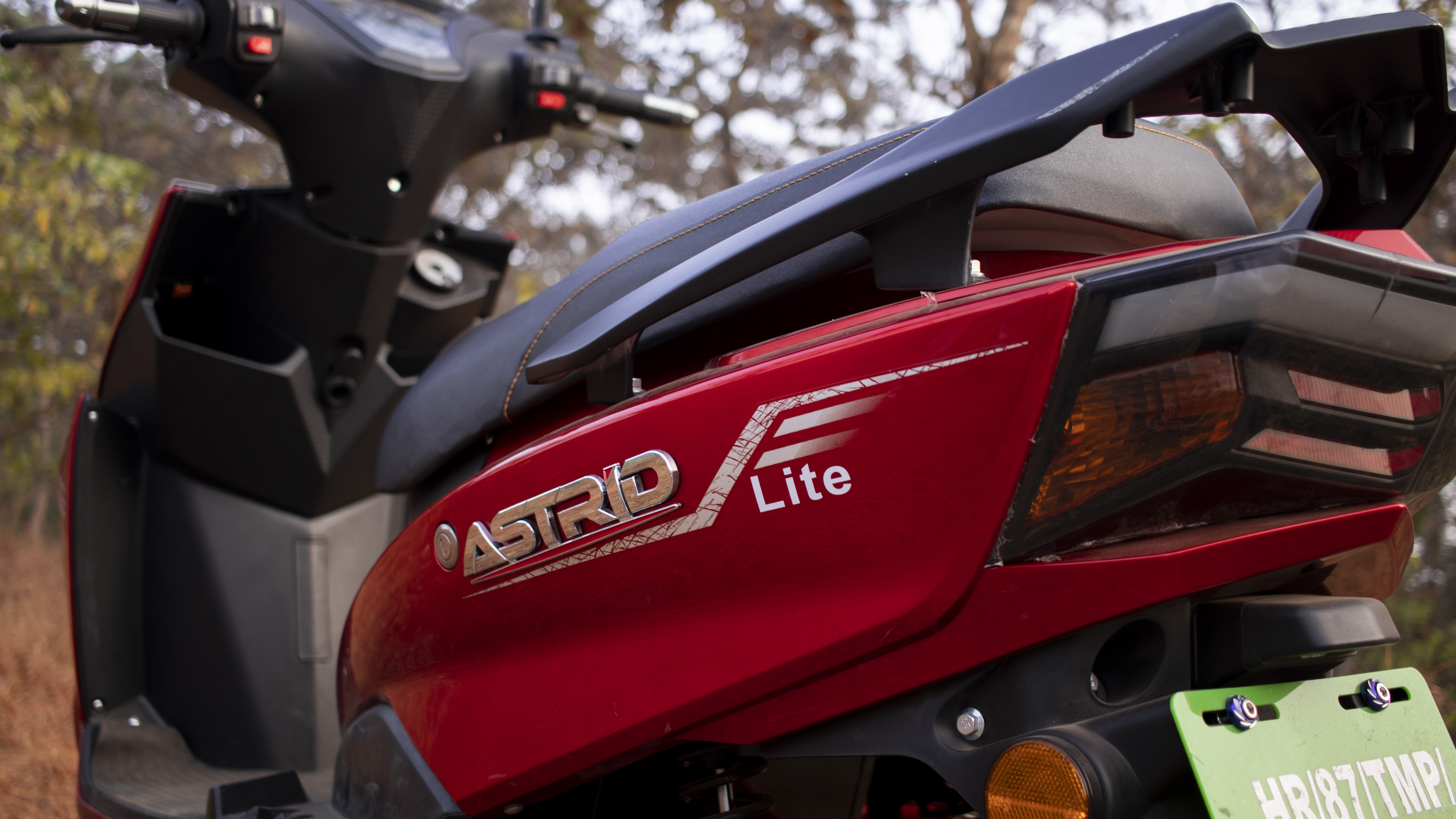
However, it’s a dismal discovery when you find out how much plastic is used in the construction of the Gemopai Astrid Lite. We’re not just talking about the dashboard or outer panels, but the entire body and even the seat is made out of a pretty basic plastic that can be easily flexed.
This may help in reducing the kerb weight of the scooter but makes it extremely noisy while riding over potholes as you’ll often hear creaks. This was particularly true if you have anything stored in the boot.
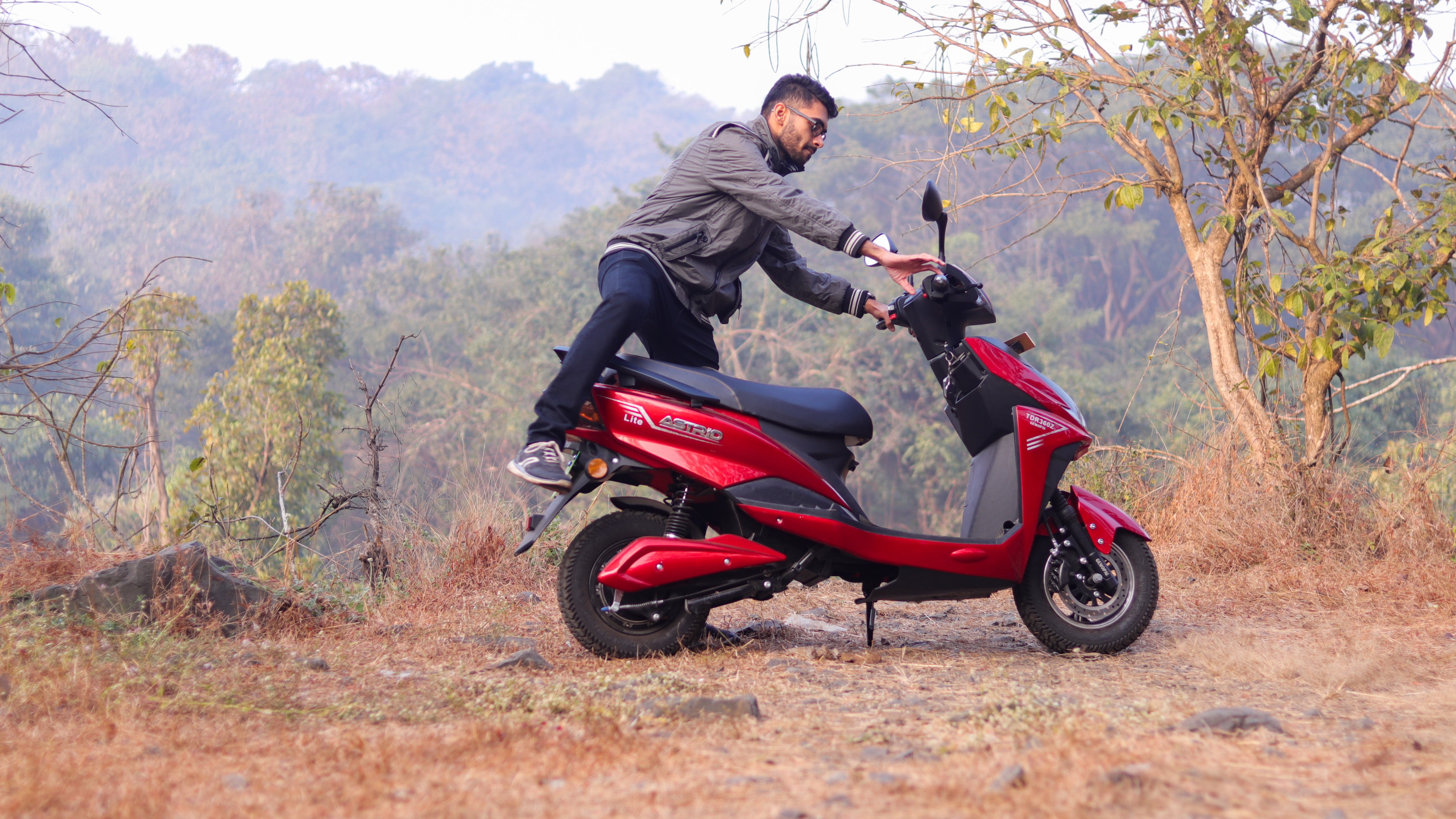
It has a pretty sizeable boot under the seat that can be used for storage. Oddly, it was just a few inches too shallow not to be able to fit my regular sized full-face helmet, but there was ample space on the other two axes. The boot is also the access to the removable battery.
The entire scooter is pretty average-sized. For single-person riding, it was adequate while adding a pillion did make things a little cramped but not in a very uncomfortable way, and is doable. Shorter riders should be more comfortable.
Under the steering bar, there are two bays to hold things such as a water bottle, mobile, or your wallet, with an additional storage hook jutting our if you wish to hang something. The bigger storage bay also has a USB port for charging.
Digital Dashboard
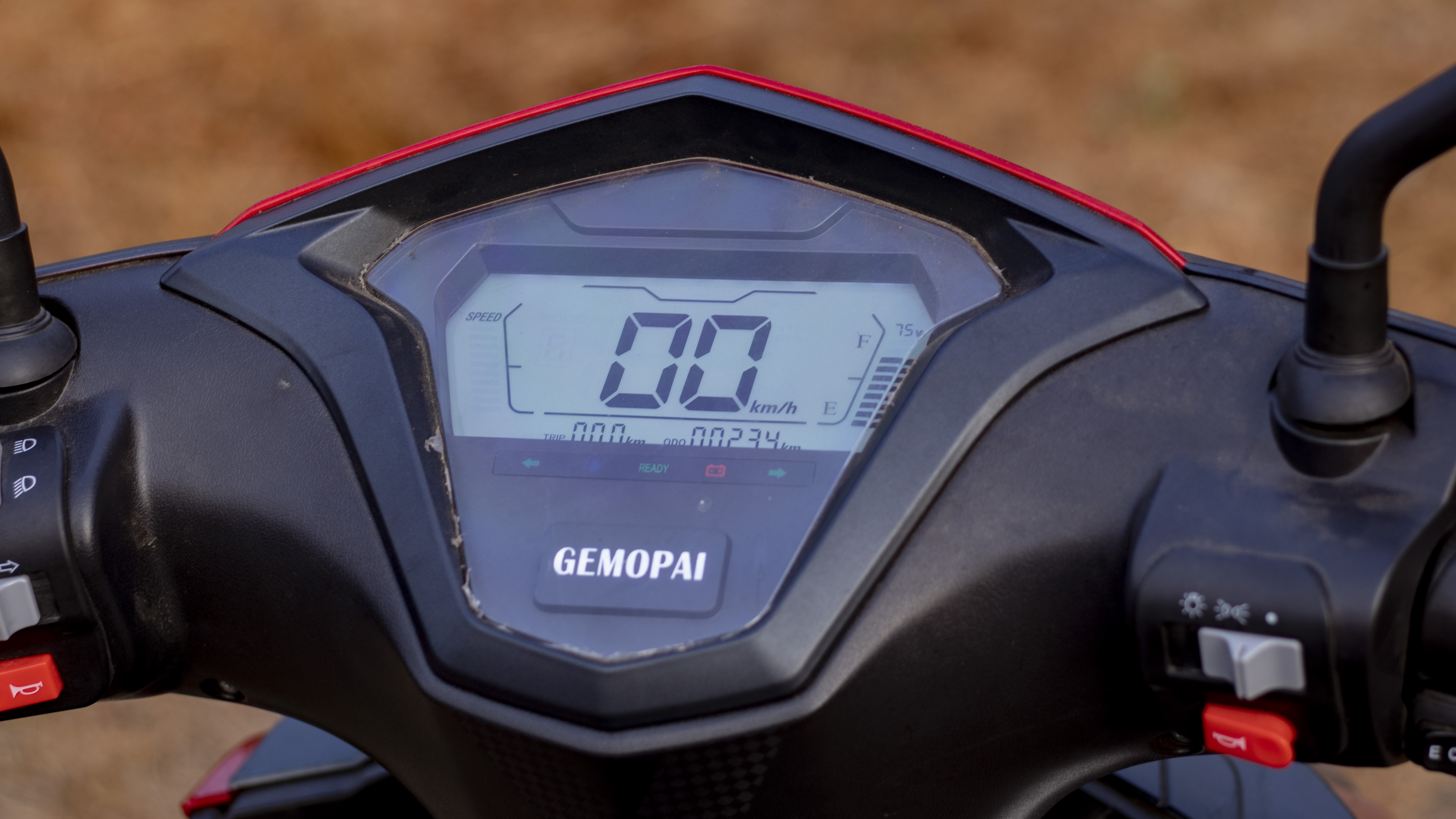
Between the handlebars lies a big digital display that shows speed, remaining battery, and the odometer. A closer look will also show the icons for the indicators and high-beam, but these were too small and dim to act as a constant reminder, in case you forgot it turned on.
That’s pretty much it with the console, and it had no other additional features such as onboard GPS navigation, current engine status, expected range, etc., which most other EVs have.
Current page: Intro, price and availability, physical overview, dashboard
Next Page Design flaws, riding experienceAakash is the engine that keeps TechRadar India running, using his experience and ideas to help consumers get to the right products via reviews, buying guides and explainers. Apart from phones, computers and cameras, he is obsessed with electric vehicles.
